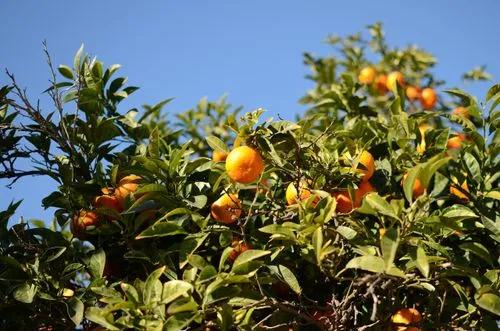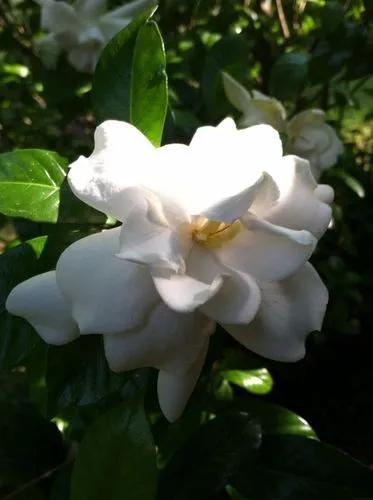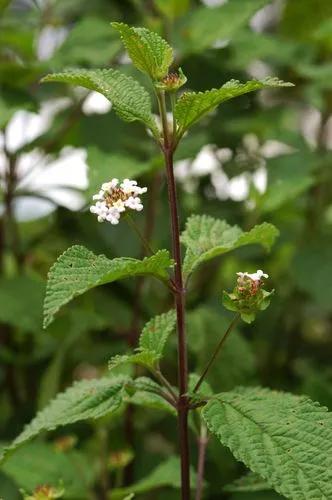The uncommon red mulberry is a native woodland tree often reaching 40 to 60 feet tall. The dark green leaves turn a golden yellow and often remain late into autumn. The deep purple fruits of the female tree are sweet and relished by wildlife but can be quite messy. This species is native to the Chicago region according to Swink and Wilhelm's Plants of the Chicago Region, with updates made according to current research.
Red Mulberry Care
Morus Rubra



How to Care for the Plant

Water

The trees are fairly drought tolerant but will benefit from some irrigation during the dry season.

Pruning

Prune young trees into a tidy form by developing a set of main branches. Prune lateral branches to 6 leaves in July to facilitate the growth of spurs near the main limbs. Do not prune heavily since mulberries are prone to bleeding at the cuts. Avoid cuts of more than 2 inches (5 cm.), which will not heal. If you prune when the tree is in its dormancy, bleeding is less severe. Thereafter, only judicious pruning of mulberry trees is necessary, really only to remove dead or overcrowded branches.

Fertilizer

Mulberries do well without additional fertilization, but a 10-10-10 application, once per year will keep them healthy

Sunlight

They prefer full sun and rich soil, but will tolerate part shade and a variety of soils.

Soil

ideally in warm, well-draining soil such as deep loam.

Additional

Skin contact with the leaves or stems can cause dermatitis in some very sensitive people[226]. The milky sap in the leaves and unripe fruits can cause dermatitis, hallucinations and central nervous system disturbances

Popularity

1,293 people already have this plant 244 people have added this plant to their wishlists
Discover more plants with the list below
Popular articles






